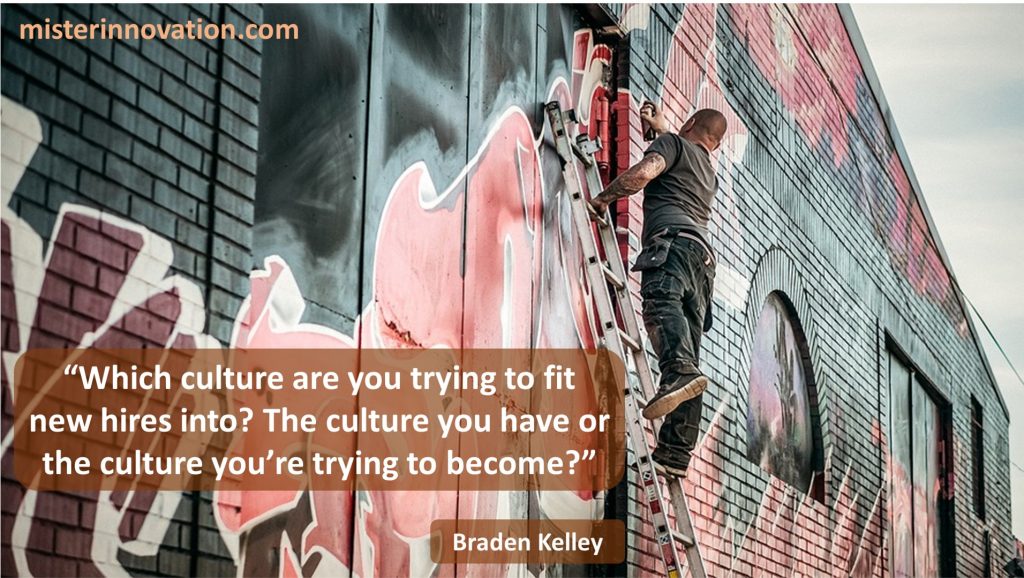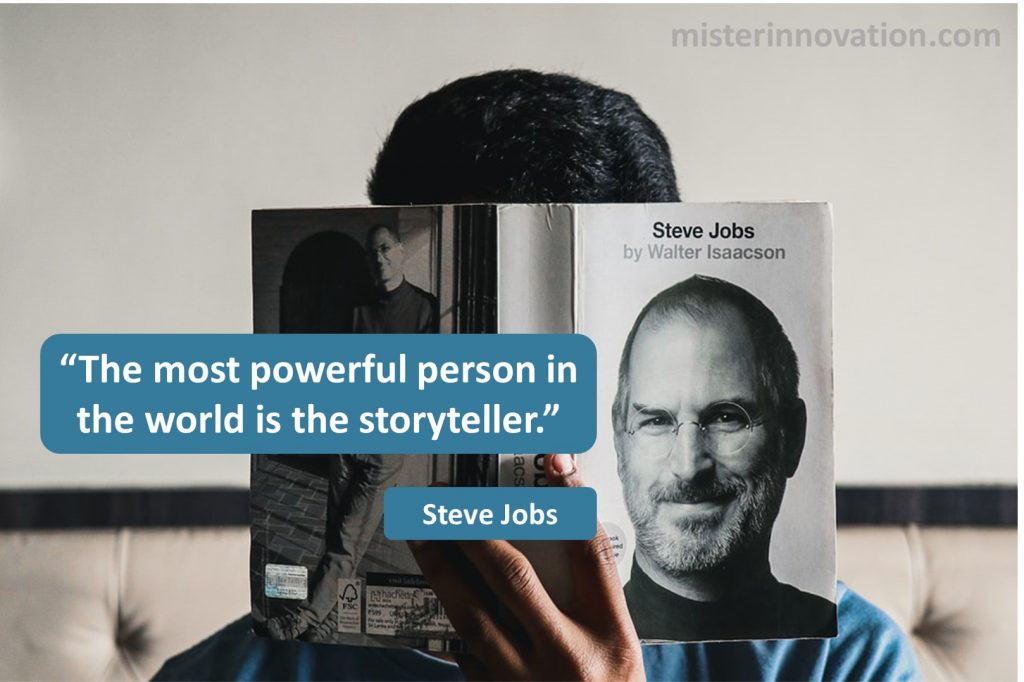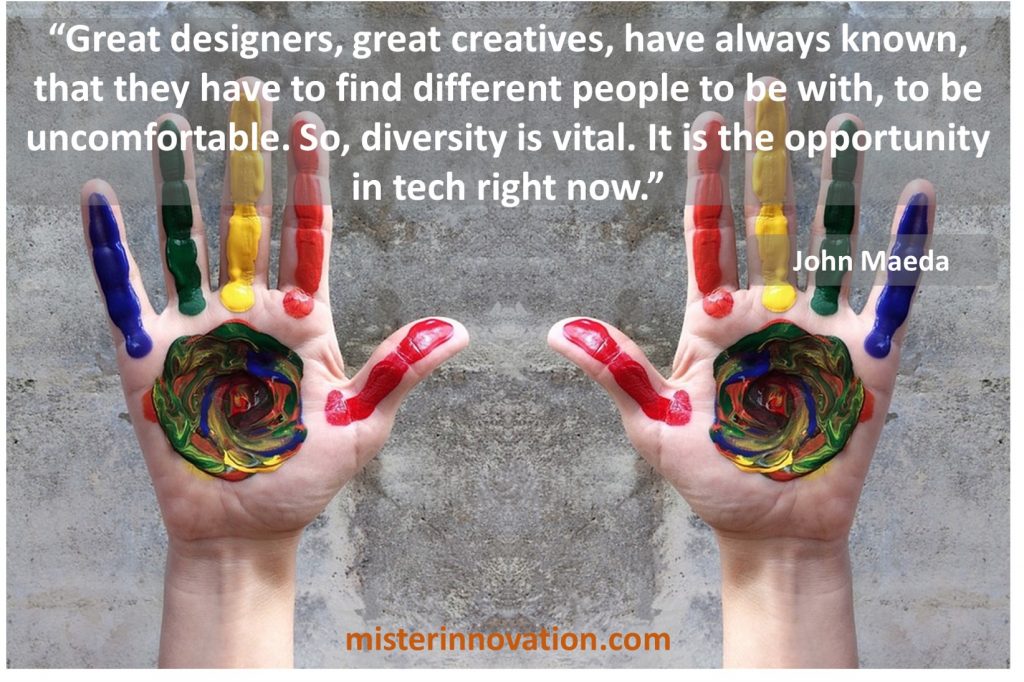Strategies for fostering a culture that encourages innovation and empowers employees to embrace industry shifts

GUEST POST from Chateau G Pato
In today’s fast-paced business environment, the ability to innovate and adapt to change has become more essential than ever. Companies that cultivate a culture of innovation are better equipped to respond to market shifts, stay ahead of competitors, and drive growth. However, creating and sustaining such a culture is no easy feat. It requires a strategic approach, strong leadership, and a commitment to empowering employees to think outside the box and pursue new ideas.
Case Study 1: Google
One company that exemplifies a culture of innovation is Google. From its inception, Google has been known for its commitment to experimentation and its willingness to take risks. The company’s famous “20% time” policy allows employees to spend up to one-fifth of their workday on projects of their choosing, fostering creativity and giving employees the freedom to pursue innovative ideas. This policy has led to the development of some of Google’s most successful products, including Gmail and Google News. By empowering employees to explore their passions and experiment with new concepts, Google has created a culture that values innovation and encourages employees to constantly push the boundaries of what is possible.
Case Study 2: Pixar
Another example of a company that has successfully fostered a culture of innovation is Pixar. The animation studio is renowned for its commitment to creativity and its focus on collaboration. One of Pixar’s key strategies for promoting innovation is its “Braintrust” meetings, where the company’s top creative minds come together to provide feedback and critique on each other’s projects. This collaborative approach ensures that ideas are constantly refined and improved, leading to the creation of some of the most successful animated films in history. By creating a culture that values open communication, feedback, and collaboration, Pixar has built a workplace where employees feel empowered to take risks, think creatively, and push the boundaries of storytelling.
So, how can companies create a culture of innovation like Google and Pixar? Here are a few strategies to consider:
1. Encourage experimentation: Give employees the freedom to explore new ideas and try out innovative concepts. Create spaces for brainstorming and collaboration, and provide resources for employees to pursue their passion projects.
2. Foster a culture of feedback: Encourage open communication and constructive criticism among team members. Create opportunities for employees to share their ideas, receive input from others, and refine their work.
3. Lead by example: Demonstrate a commitment to innovation and experimentation at all levels of the organization. Encourage leaders to take risks, embrace failure as a learning opportunity, and support employees in their creative pursuits.
By implementing these strategies and cultivating a culture that values innovation, companies can empower employees to embrace industry shifts, drive growth, and stay ahead of the competition. In today’s rapidly changing business landscape, a culture of innovation is not just a nice-to-have – it’s a necessity for long-term success.
SPECIAL BONUS: The very best change planners use a visual, collaborative approach to create their deliverables. A methodology and tools like those in Change Planning Toolkit™ can empower anyone to become great change planners themselves.
Image credit: Pixabay
![]() Sign up here to get Human-Centered Change & Innovation Weekly delivered to your inbox every week.
Sign up here to get Human-Centered Change & Innovation Weekly delivered to your inbox every week.





